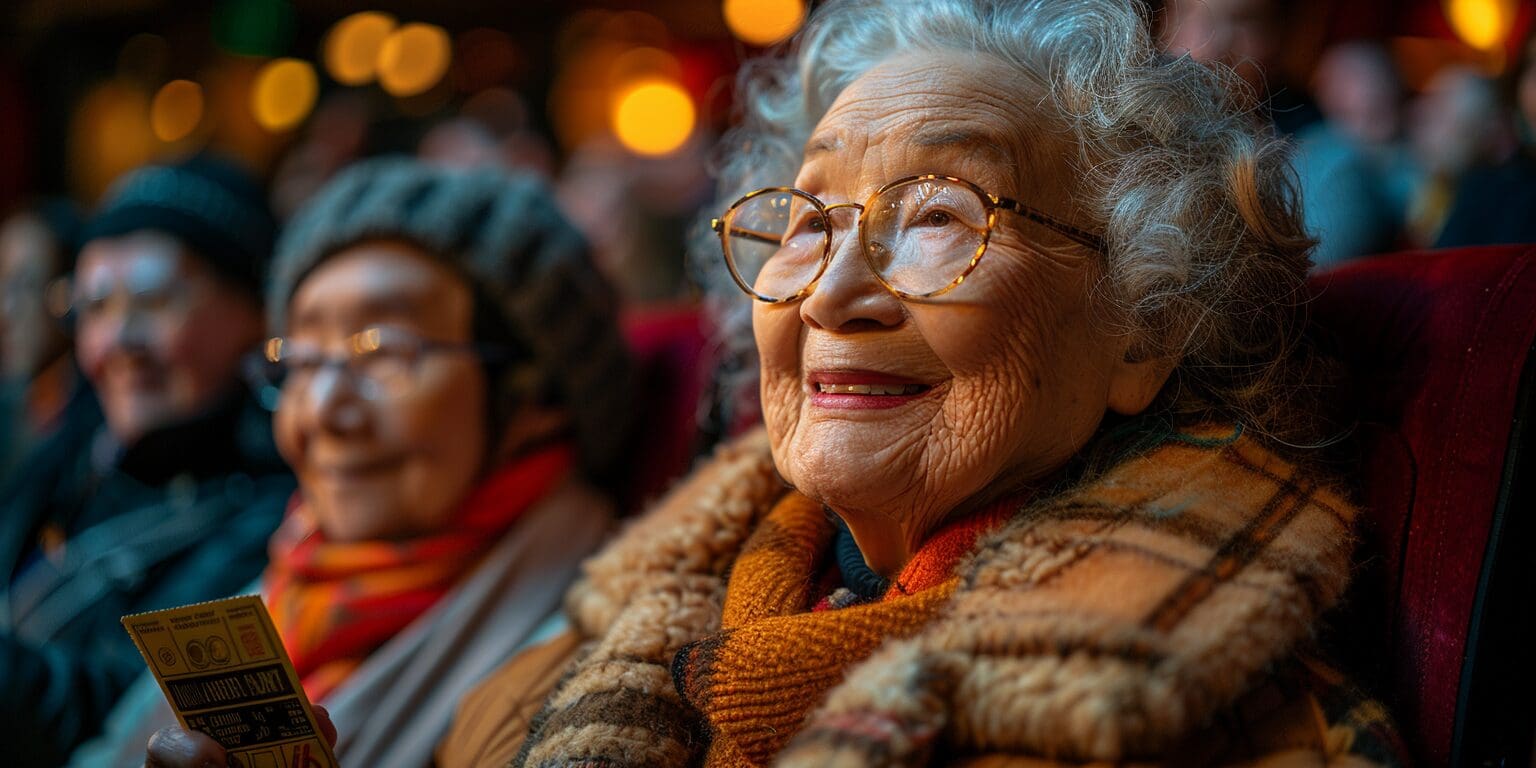Developing an application for multiple platforms is time-consuming and has additional costs. That’s why cross-platform application development has become critical for reaching audiences across multiple platforms. However, that usually comes with its overhead: divergent codebases, inconsistent user experiences, and high developmental costs. And that’s where .NET MAUI and Blazor Hybrid step in. If you haven’t heard about either of them yet, I highly encourage you to read my previous article that introduces this topic.
In this article, I want to dive into why .NET MAUI and Blazor Hybrid are game-changers, and how they compare to the already well-known platform-specific frameworks. But I can’t just make it a boring comparison, definitely not. I’ll SHAZAM! each key business decision-driving area. And by the end of the reading, you might just see how to SHAZAM! your business too. Ah, before we start – just to clarify, this is the kind of SHAZAM! I’m referring to.
Cross-platform compatibility and unified codebase
React Native, Flutter or other platform-specific frameworks require a platform-specific codebase. That makes the entire delivery cycle more complicated. Development of separate projects, deployment of separate apps, diagnosing and distributing fixes across all versions. The effort and costs are multiplied by each platform you want your application to support. Expensive, time-consuming…
SHAZAM!
.NET MAUI application is built with a single codebase. The project can be deployed as iOS, macOS, Android, Windows, and even Tizen OS application. As the code is shared, maintenance of one platform means maintenance of all of them!
Native performance and native experience
Flutter indeed has a rich library of widgets. But the majority are not truly-native. React Native, if starting from scratch, will require a lot of heavy lifting to get the project moving and to maintain high delivery velocity. Even Xamarin, the predecessor of .NET MAUI, couldn’t achieve the native feel and performance of components. Applications can be slower, more unstable…
SHAZAM!
.NET MAUI utilizes each platform’s native controls and APIs. It’s a leap into delivering native-like performance and experience. Working natively also improves application stability. And there’s nothing more annoying than a flickering UI. All that was achieved yet again with just one codebase!
Web possibilities and seamless integration with Blazor Hybrid
Both Flutter and React Native can be deployed as web applications. But both were designed with mobile development in mind. Flutter, not being web-native, may lack optimizations that web-only frameworks have in place. As for React Native, even with an additional library like React Native Web, may require conditional code to handle platform-specific implementations. Which could result in development and performance overheads…
SHAZAM!
.NET MAUI with its seamless integration with Blazor Hybrid extends cross-platform possibilities to web-native applications as well. Components used for mobile or desktop can be reused for the web. All that with just a few lines of code that configure the hosting runtime. Not enough? You can choose to have a server-side, or client-side application or even enable Progressive Web App support!
Robust ecosystem and strong community support
Flutter and React Native are still youngsters in comparison to. NET. Both are gaining traction quickly, but they just didn’t have the time to develop or grow communities around them. Not that many questions were answered, and not that many scenarios were covered…
SHAZAM!
The .NET ecosystem has been around for years, with robust community support and a vast array of libraries and tools. .NET MAUI can leverage all that collective development experience. Microsoft’s backing ensures cyclical updates and a high level of integration into the entire Microsoft ecosystem.
Conclusion: why should you choose .NET MAUI for your next project?
.NET MAUI clearly distinguishes itself from the competition. With its unified codebase, native performance, ease of cross-platform deployment, and robust ecosystem, it offers developers a comprehensive, efficient, and innovative toolset. Seamless integration with Blazor Hybrid, which results in web-native support, covers pretty much all the audience you can reach these days. While other frameworks have their compelling side as well, .NET MAUI provides a more streamlined, and versatile development and delivery experience. All that makes it the best choice for building cross-platform applications.
Already convinced or having some second thoughts?
Either way – I would highly encourage you to get in touch with us! There’s never been a better time to realize your business ideas and reach a wider potential audience. We have a team of experts who will guide you through the decision-making process. We focus on understanding your needs first and choosing technology later. If you prefer to chat directly, we can also start from there. I’m curious to learn about your ideas!
Discover more about custom software development.
Where to learn more?
Microsoft curated repository of courses: https://dotnet.microsoft.com/en-us/learn/maui
A book by Jesse Liberty: .NET MAUI for C# Developers
And another one I couldn’t forget, by Matt Goldman: .NET MAUI in Action
James Montemagno’s YouTube channel: https://www.youtube.com/@JamesMontemagno
Gerald Versluis’s YouTube channel: https://www.youtube.com/@jfversluis




